Market Analysis
In-depth Analysis of Uterine Sarcoma Market Industry Landscape
The market dynamics are impacted by the relatively low incidence of uterine sarcoma compared to other gynecological cancers. However, the rarity of uterine sarcoma contributes to high unmet medical needs, urging the development of targeted therapies and diagnostic tools. Rapid developments in molecular diagnostics make significant market dynamics. Increased knowledge regarding the inherent genetic as well1 mol c re a features of uterine sarcoma fusion between treatment innovating developmental personalized and targeted approaches to shaping up uterine continuous management landscape Active clinical trials and supported research programs concerning uterine sarcoma market drive the market. Joint projects of pharmaceutical corporations, research centers and healthcare facilities stimulate innovation therefore new drugs are created as well several diagnostic technologies. However, early diagnosis is high for uterine sarcoma which affects the dynamics of market. The lack of information, undetermined presentation of the signs and varieties at a low incidence level make their early exposure problematic; therefore appropriate development screening methods need for detection tools. There is a paradigmatic shift from conventional target therapy to the treatment landscape. Specific molecular alterations in uterine sarcomas are also targetable with tyrosine kinase inhibitors leading to targeted drugs which can provide more specific and better options. Mergers and acquisitions between pharmaceutical companies, institutions of higher learning, and research bodies determine the structure/movements in a country’s market. Strategic collaborations tend to accelerate the creation of novel therapies, diagnostics and research programs aimed at uterine sarcoma complex issues. Market dynamics is essentially influenced by government initiatives such as orphan drug designation. Regulatory support and incentives for development of orphan drugs which promote the pharmaceutical companies to invest massive amounts in uterine sarcoma research also contribute towards fastening drug development timelines. Advocacy groups and awareness programs influence the market dynamics. Lack of knowledge increases the risk and enhances tardy treatment, poor prognosis of Uterine Sarcoma among others.
The market is influenced by global health challenges and variations in healthcare infrastructure. Disparities in healthcare access and infrastructure affect the diagnosis and management of uterine sarcoma, emphasizing the need for a comprehensive and inclusive approach. The regulatory landscape, including drug approvals and reimbursement policies, significantly shapes market dynamics. Streamlining regulatory processes and ensuring timely approvals are crucial for bringing new therapies to the market and addressing the urgent needs of uterine sarcoma patients.

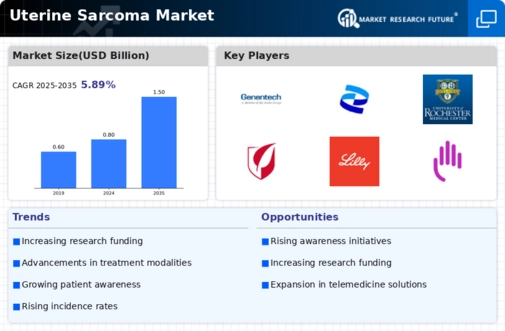
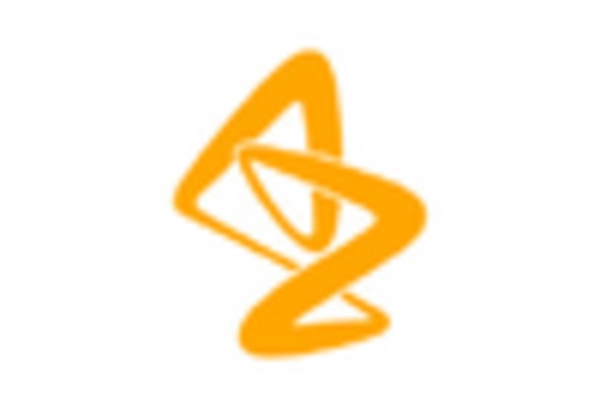

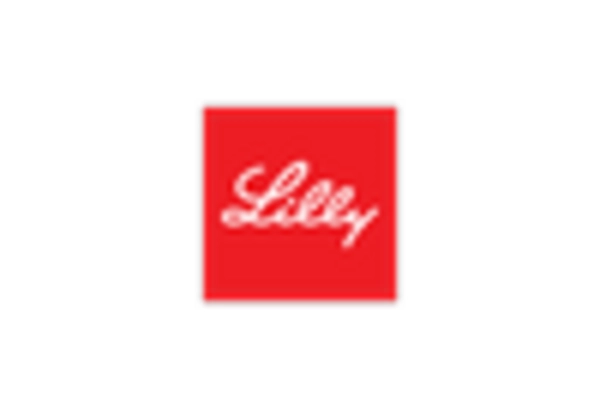
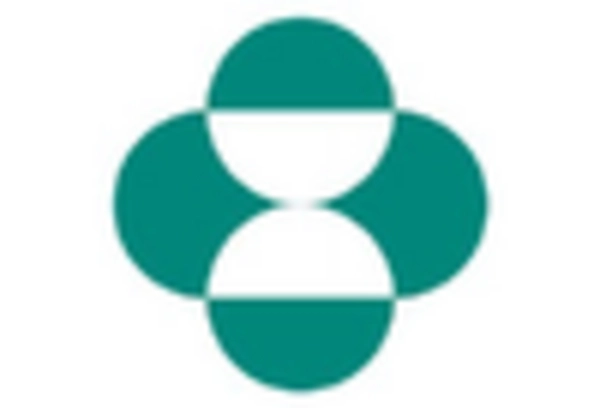

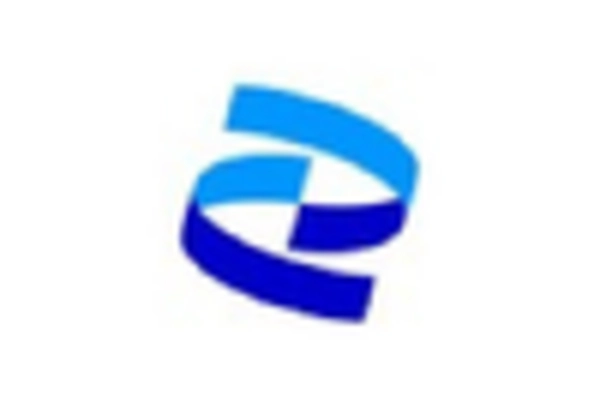









Leave a Comment